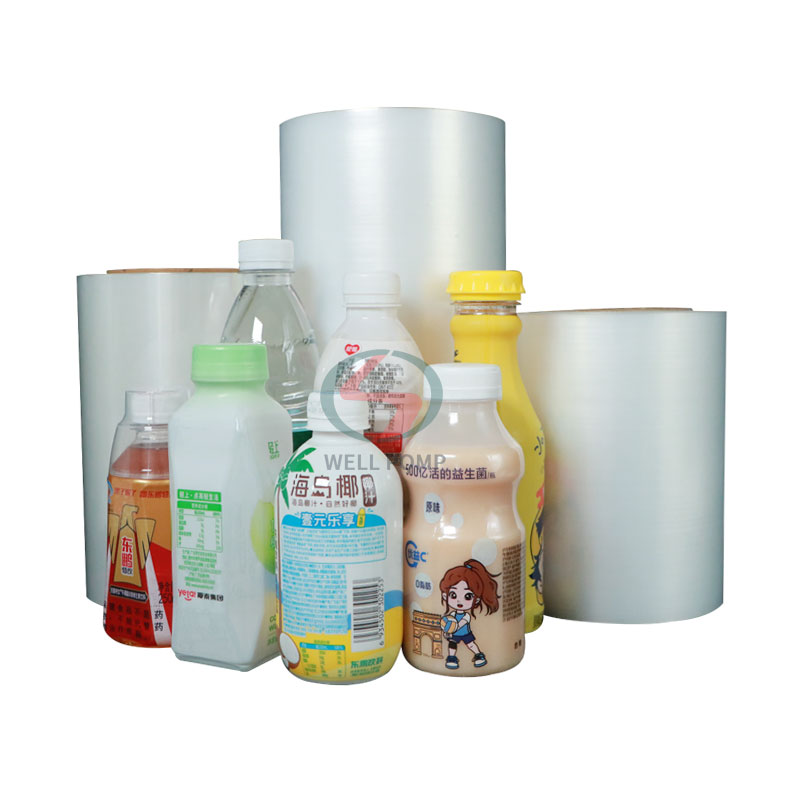
Production process of PE protective film
2025-05-07 17:10The first is film blowing: in the heated drum, polyethylene particles are pushed to the circular die mouth by the screw, and the compressed air blows up the molten liquid, which is then rolled into film after air cooling. The transverse and longitudinal properties of the blown film are different. The elongation of the protective film in the machine direction is generally greater than 180%, and the transverse elongation is generally greater than 380%. However, the elongation is inversely proportional to the mechanical strength. If the elongation is too large (such as greater than 500%), the mechanical strength of the film will often be very low, which can easily cause the protective film to break during transportation and handling. In addition, the protective film is easily stretched when unwinding, and will rebound and warp after cutting.
Next is the coating of the colloid: the film that has been corona treated can be directly coated with polyacrylate glue without the need for primer. The protective film then passes through a longer air heating channel (80 ~ 120℃) to ensure that the water or solvent is evaporated, and then the protective film is cooled by a cooling roller and finally rolled up.
Finally, the protective film is rewound, slitting and stored: the protective film is directly rewound into the length required by the customer on the coating machine. If the customer requires the protective film to have a beautiful appearance and no bubble wrapping, a high-quality rewinder can be used to rewind it to ensure that there is no air wrapping. For short protective films (less than 500 meters), a straight knife can be used for slitting. If the length exceeds 500 meters, the heat generated when slitting with a straight knife may melt the polyethylene, making it difficult to unwind, or even tearing the film when unwinding. According to Coating Online, the protective film can generally be stored for 12 months in a warehouse at room temperature of 30°C and without direct sunlight. The higher the temperature, the shorter the storage period. For every 10°C increase, the storage period will be reduced by half.

